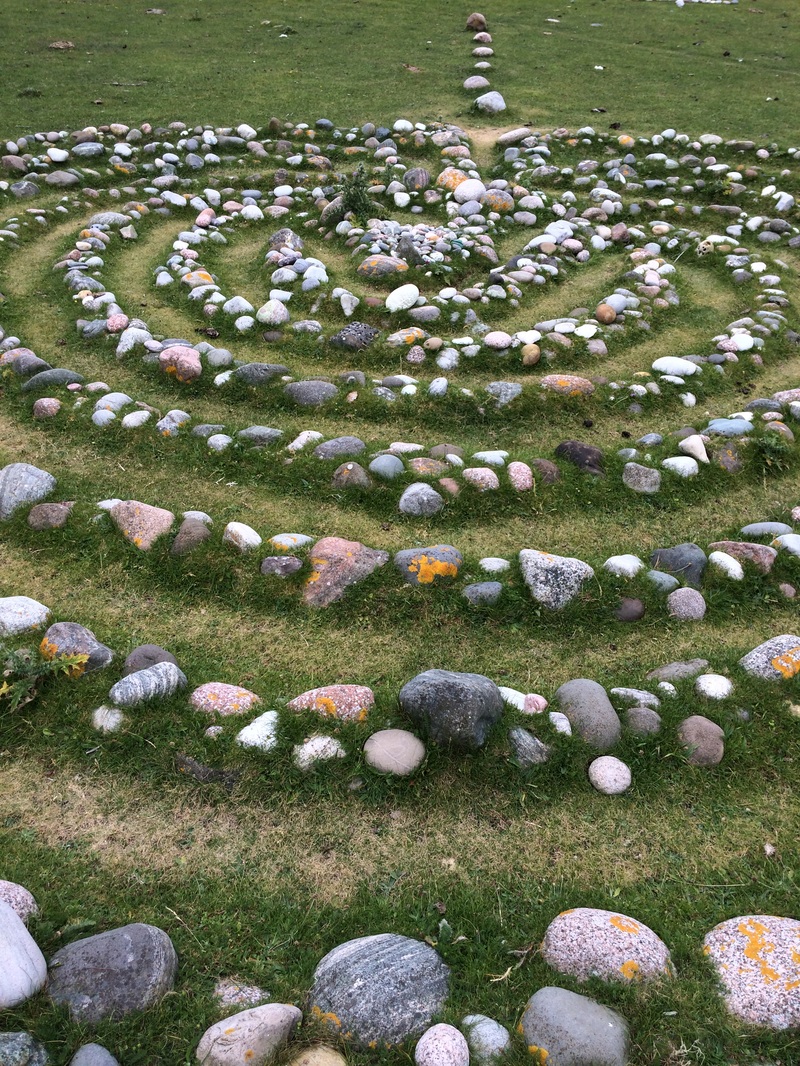
The Stone Whisperers -
To come to the Hebrides is to get acquainted with stones. The open vistas, mostly devoid of trees, have an abundance of them. The combination of stone outcroppings and changing wind makes music, a kind of soft song, and I am trying to make out the words.
Hebrides, means ‘The Islands of Bride (or Brigid)’. Ancient Celtic myths speak of Brigid visiting Iona at midnight on the summer solstice to bless the waters of the well of eternal youth, so that the devoted can carry these healing waters to those who need it. The well is brackish and sets between two stone outcroppings next to Iona’s highest point at the top of Dun I – 333 feet above sea level. There is also a cairn at Dun I’s crest. The wind blowing across the top sounds like whispering voices - ‘The Maidens of Bride.”
The first thing I do when the steep rock and bog path up is dry enough is climb. The sun is out. From the summit I can see beyond Columba’s Bay clear to Ireland to the south and north past white strand of the monks to the Black and Red Cuillins of Skye. There is an old marble quarry (long closed) just east of St. Columba’s landing, the original beginning point for the pilgrim’s walk. The light is glinting off the edges of rock face that were cut long ago. Pieces of large boulders there break off in storms. Worn by wave and current, they wash up on the beach at Columba’s Bay (My next hill walking adventure). The next day I head over to the patron saint of Scotland’s landing site. I lose the clear trail and end up hiking round the island’s old fresh water source to the far side, getting well acquainted with the bog, thistle, heather cliffs, and the narrows leading down into the brown valley approach. I reach the Bay site from the northwest and descend. A labyrinth of stone rests on machair at the edge of the rocky shore. There is a group of cows standing next to the labyrinth, grazing on the tall grass and wild flowers. The rain is on again, off again, and I take cover in a shallow cave above the labyrinth. This valley is ringed with monolithic boulders that protect from the high winds of the pass. The currents naturally flow into this cove of safe landing, where the sound of the wave break is accentuated by the pulling and threading of rocks into pebbles as the ocean draws her breath back.
The green “Iona Stones” found here are treasured for their energetic and healing properties. There are several women on island who work with these stones, creating jewelry or using the raw stone in ritual. They talk to the green stones to see which ones to keep and what to use them for. Spending hours combing the layers upon layers of rock at the shore, they sense the ones ready to be worked with and the ones that need to be left here or put back into the bay for cleansing. I like to think of them as living maidens of Bride, these stone whisperers.
The most prized of the Iona Stones are “St. Columba`s Tears” (also known as Mermaid`s Tears, from the time before Colm Cille,) teardrop shaped pebbles that are translucent green in color. Traditionally, to carry one is protection against drowning.
The stone speaks to you everywhere on this small island. The cloister archways of Iona Abbey are made up of intricately carved stonework, detailed with symbols, images and stories. St. Martin’s cross is sculpted from a single rock and remains in situ. Placed over 1,200 years ago, the west face of this high cross displays scenes from the bible. Back on the main road, as I make my way from the white sands of the north towards the south side of Iona, I can hear faint voices coming from inside the heart of the abbey, through the arched columns of the sanctuary damp with green moss, psalms can be heard – morning prayers.
I walk beside half walls made of local stone that wind down from the abbey gate to the lower village of Baile Mor. Shapes and faces are visible in the rock, believed to be images of both humans and fairies who have lived on or visited the island. When weathery, The Hebridean wind also runs atop the wall, playing it like a low whistle.
I continue traveling along the road that runs south then curves west and eventually ends at Sithean (The Hill of the Angels). I have reached the Machair – the wildflower carpeted grass lands that bank into sand and then fall off into the ocean.) On the left, here at the entrance to the last farm, is a mound. When the wind is right, whispers and otherworldly music can be heard at this location. I know musicians who have visited Iona and come to this spot to play along. St. Columba was seen in prayer here, surrounded by angels. It is also known locally as the Ring of the Faerie, the entrance to Fairie being just a little farther, beyond reach or words, also marked by stones.
As I arrive at land’s end, it is beginning to mist. The sun is playing with the clouds creating “gates of heaven,” beams of golden light that break through and cascade into the sea. A breeze is starting to rise.
It is my last night on Iona. I head over to the Abbey for what is billed as a special evening service (it is at 9:00 at night, still light when you get out). This service is to be conducted by visiting composer John Bell. They are “performing” my favorite psalm - the Song of Solomon – a tale of bride and groom, a wedding verse. This turns out to be an interactive installation. We are encouraged to walk around and participate. The entire Song of Solomon is projected onto the walls of the abbey scrolling through verse after verse in white light against the grey stone walls. There are beds draped in red velvet in several areas of the Abbey. There is the food mentioned in the psalm, laid out on a table, there for all to eat. There are representational drawings of the couple on their wedding night acting out the verse. There are stations to hear love songs and to write your favorite one. You can scribe the verse as the monks of old did by hand, In the far corner a chorus of 4, two men and two women are reciting the Song of Songs in its entirety. Beautiful music is playing and echoing through the rafters. Suddenly, the music fades out just as one of the chorus describes the groom - from The Song of Solomon, Verse 5:15 - "His legs are pillars of marble set on bases of pure gold."
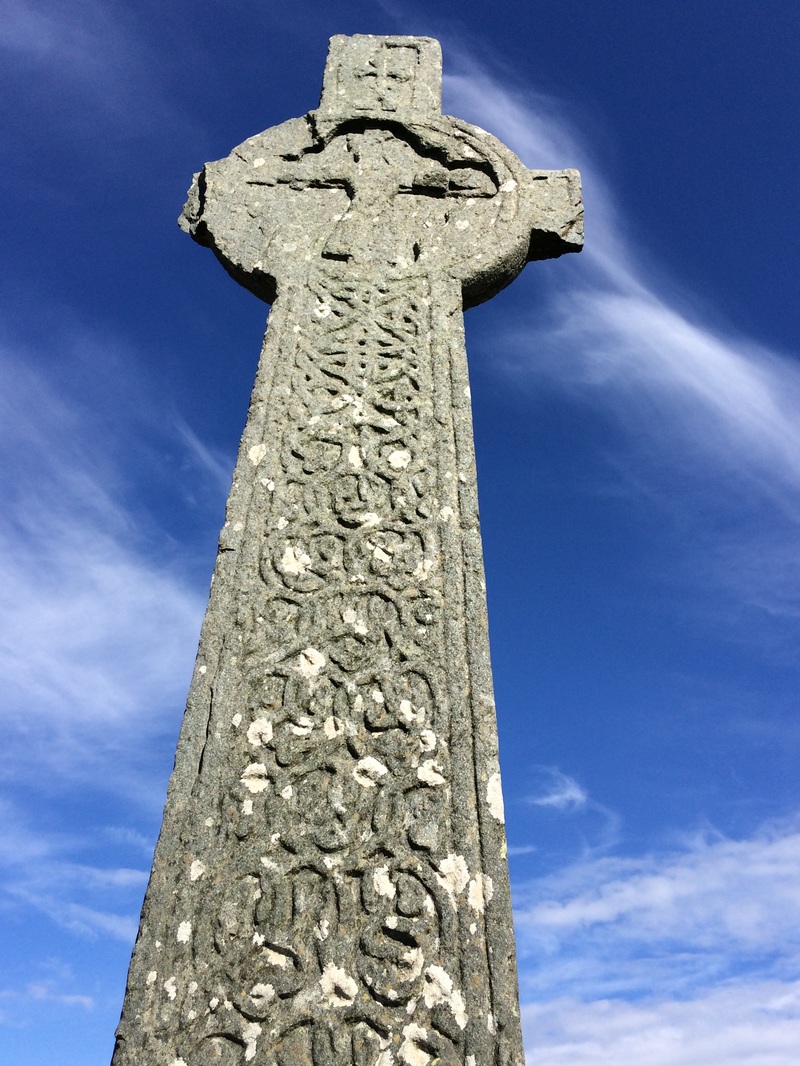
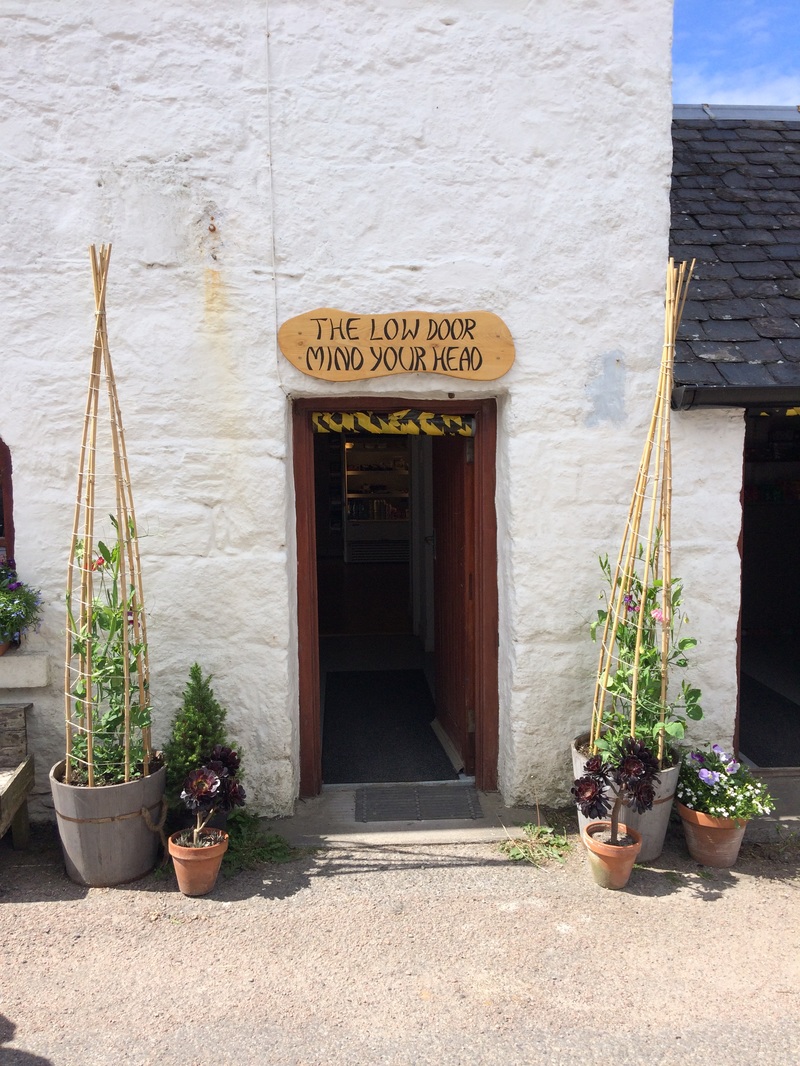
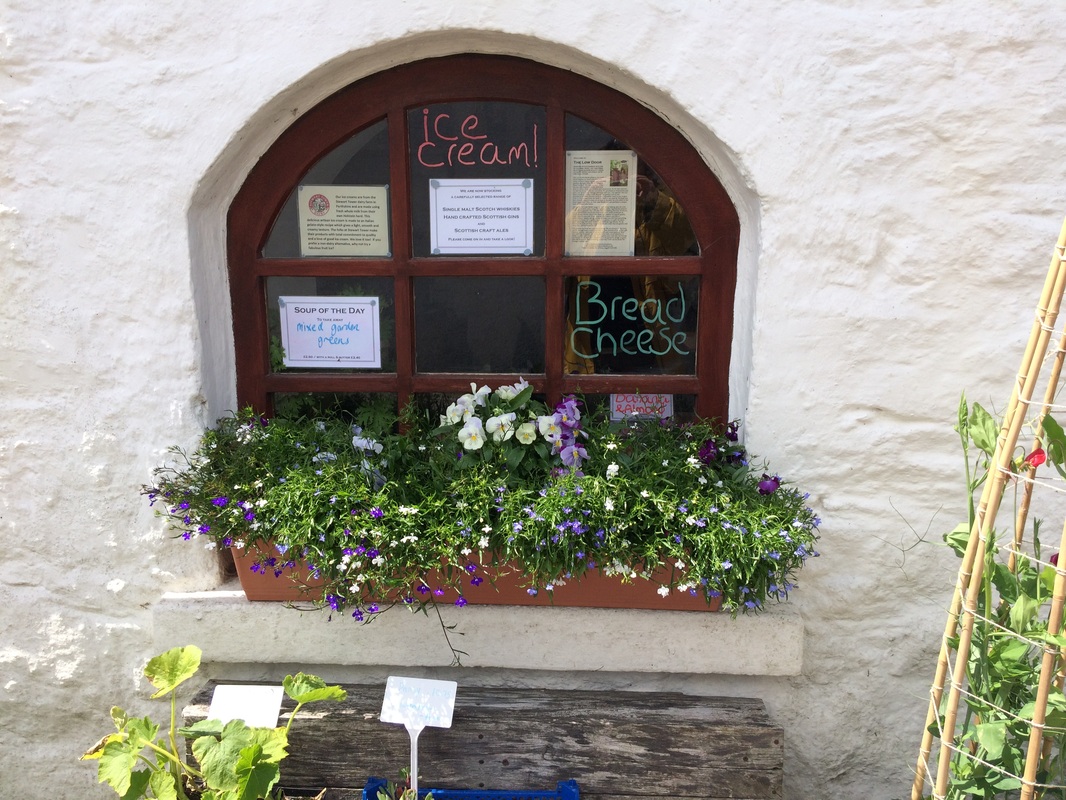
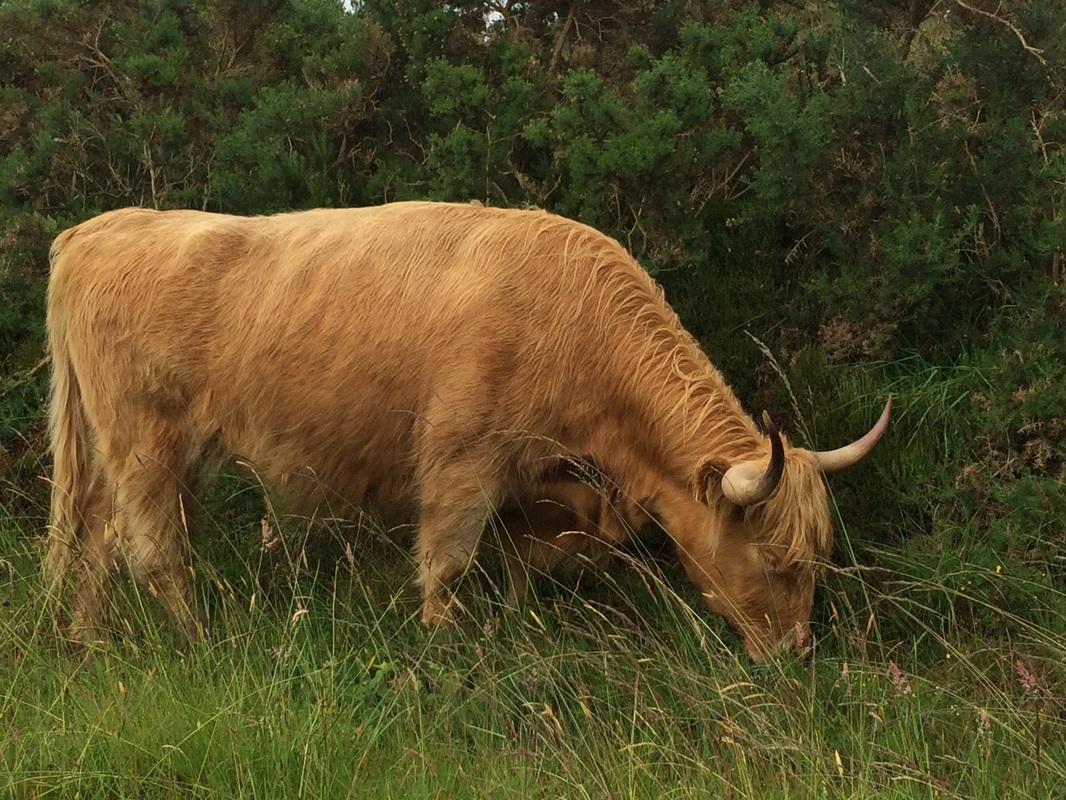
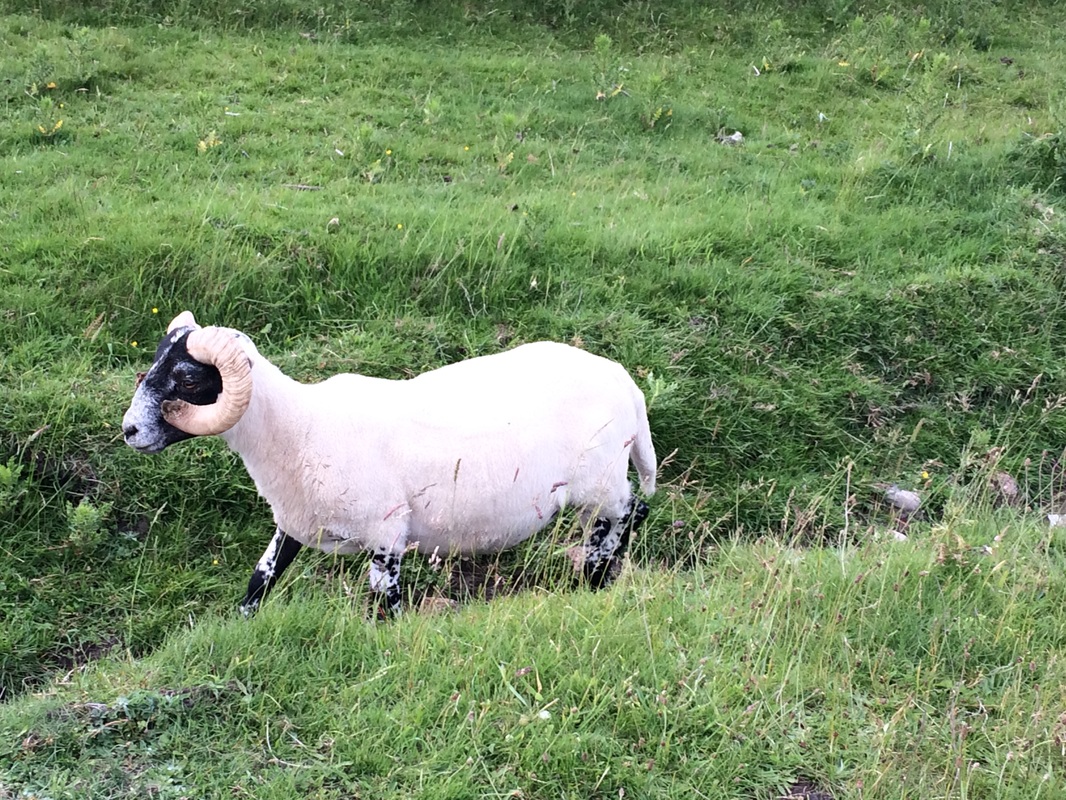
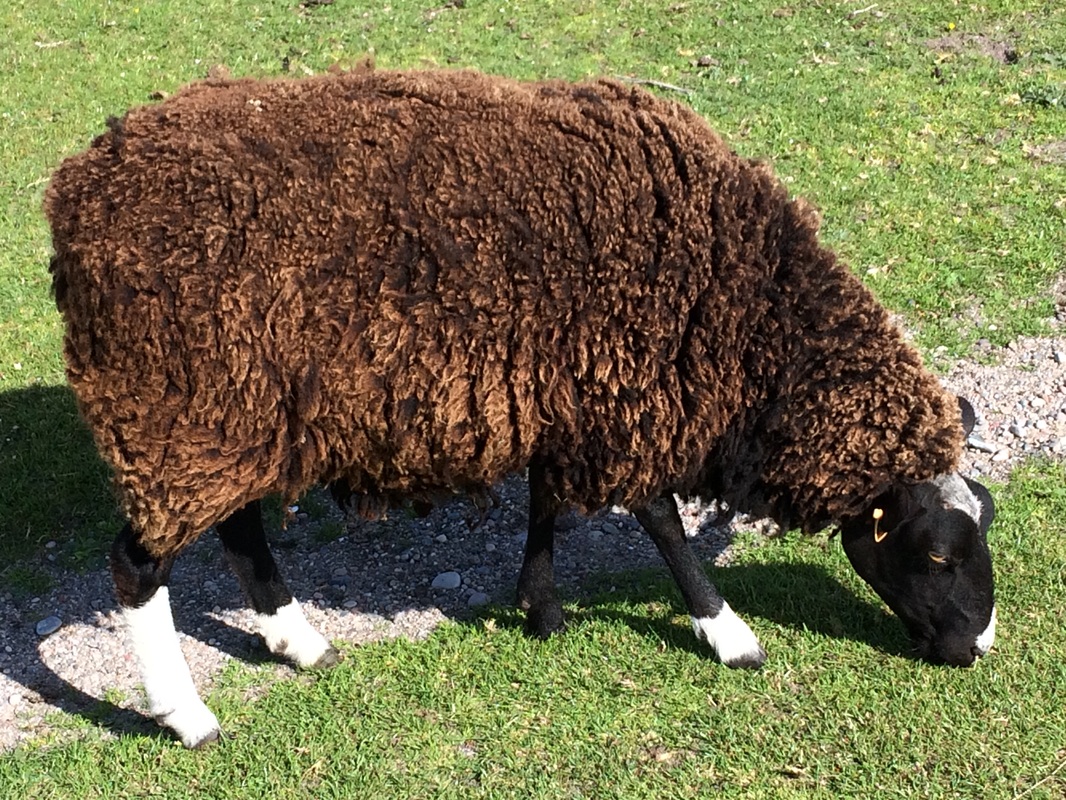
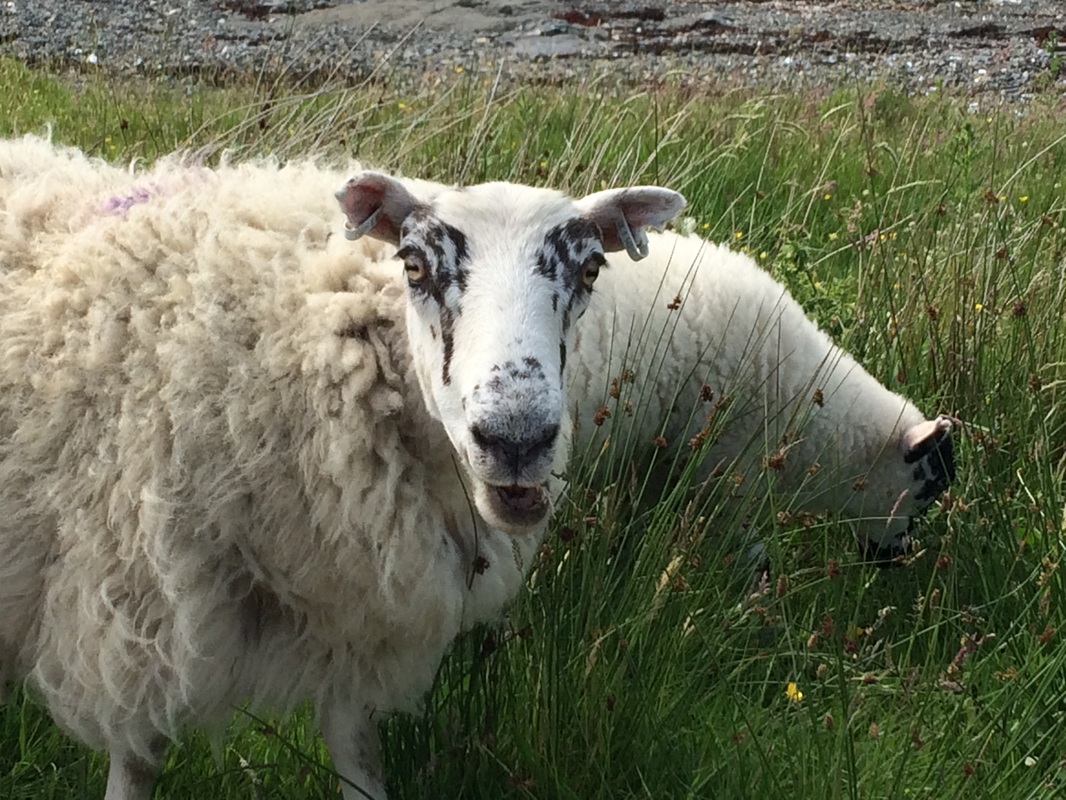
 RSS Feed
RSS Feed
